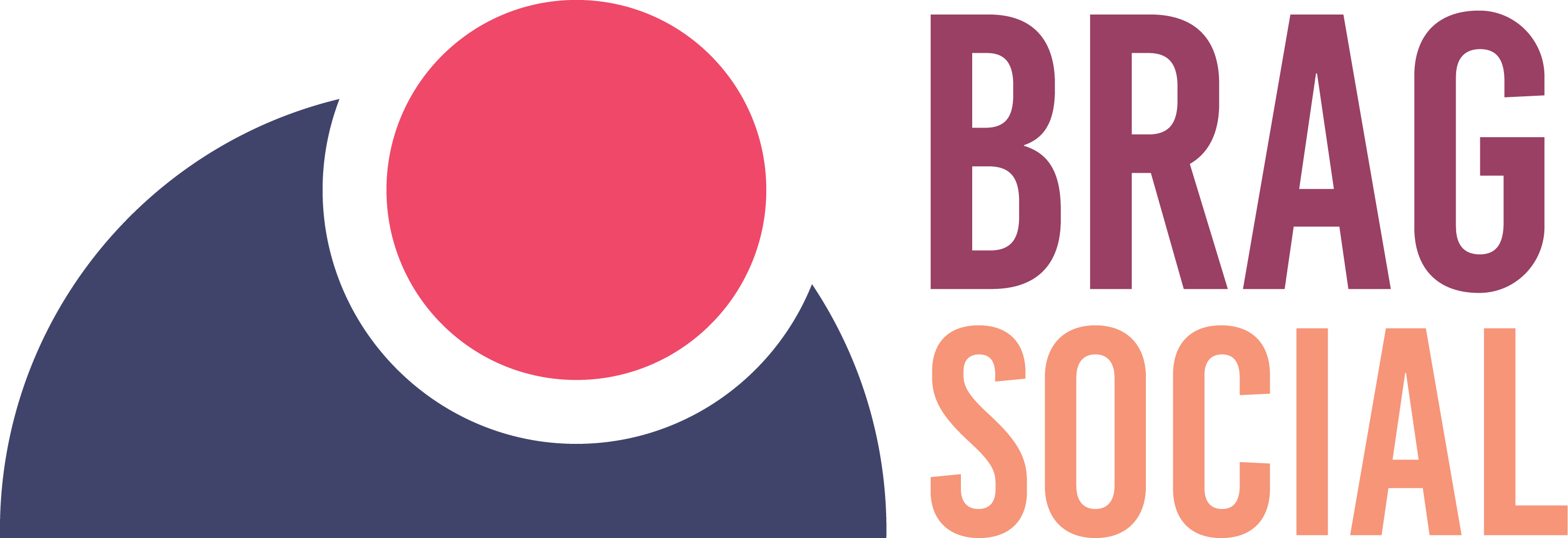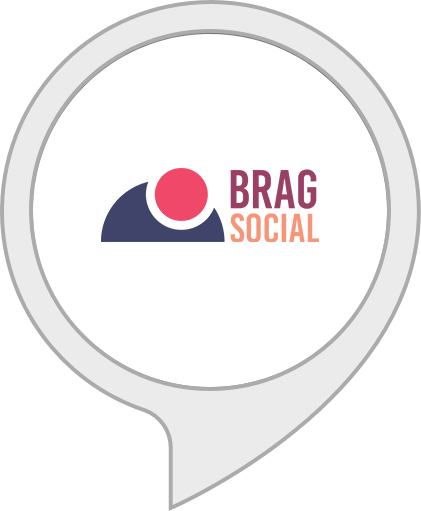
Have you ever wondered how and why this global epidemic has impacted the modeling industry? So have we, and what we have experienced is a frustrating experience. With so many industries and people affected by Covid-19, it would be quite a surprise if the modeling world did not find itself in their midst. The past year has been tough for models, especially high-end models who rely on runway gigs and photo campaigns that take pictures in places without getting much. Fashion events have been reduced, and brands have been pushed back in their photoshoots.

1. Fashion Shows
With bans and restrictions on large crowds and social gatherings, visible fashion shows are canceling worldwide. Fashion shows are also an important part of the fashion industry as they help create buzz and allow the work of designers to be seen by millions around the world, thanks to social media platforms and advertisers. And it is an important aspect of the image and reputation of the product. As the epidemic forces brands to cancel their fashion shows, there has been a new wave of designers making virtual fashion shows, keeping the tradition of the annual runway show alive.
2. Disruption of Fashion Week
COVID-19 hit Italy in the middle of Milan Fashion Week in late February, creating many designs – including Giorgio Armani, who prevented public audiences from watching his fall in 2020 – to rethink their show formats. The virus has now caused many design businesses to cancel or postpone their 2021 international exhibitions. New York Bridal Week, scheduled for April 16-20, will be on display, and designers are to use the Zoom and Join me platforms to launch their collections. Hence, a few fashion weeks will continue to cancel or postpone, including New York Resort Week, New York Men’s Week, Paris Men’s Week, and Paris Couture Week.
3. Say Goodbye to High Heels and Sturdy Dress Shoes
Sales of high heels, sandals, and other footwear have been dragging on for years, and analysts say that the epidemic has changed their destiny. Sales of apparel dropped by 70 percent in March and April. High heels are very low. The question now is whether they will ever return. Well, some women out there are dying to get their heels back. But most of them say, ‘I’ll never wear those shoes again.’ Slipper sales doubled in April, as Americans use more expensive choices.
4. Drones and 3D
However, some of the world’s major genres have already been digital emerging alongside bodybuilding or playing with technology. In February 2010, Burberry attempted to stream a live digital women’s clothing collection in 3D in five locations. Journalists and celebrities were part of private screenings in Paris, New York, Dubai, Tokyo, and Los Angeles where they watched in 3D glasses. Small drones descend down the street and over the heads of the audience before exiting the model stage. The show has sparked outrage on social media, with promoters explaining that it is all about adding new ones. However, it had been the primary time a ashion show had been opened to an audience of both males and females, rather than just women. Thus, this change may result in the use of drones.
5. State of Fashion Models
Models have for long faced unpredictable working conditions. They are generally classified as independent contractors, missing out on benefits and legal protections for full-time employees. But like millions of people – and the entire fashion industry – models feel that they are in serious financial danger these days. There are no jobs as the advertising budget is reducing. Street shows are canceling, and traditional photoshoots are not possible under the rules of social distancing. About half of the models surveyed said that they are currently in debt to their clients or agencies. Two-thirds said they were concerned about being able to afford a house; one in five say they do not have health insurance. The pandemic also exacerbates the racial inequality in the industry, according to a study.
Conclusion
Like many other industries, the effects of the pandemic were felt by the modeling industry as well. Much has happened in the past few months, the industry is rethinking its operations, and has trained survival skills amidst uncertainty. While many more changes are expected, one cannot ignore the progress that has been made. The models work independently and, depending on the terms, cover many costs, including visas, transportation, and maintenance. Although we see that the pandemic has driven the fashion industry out of its comfort zone, it has also taught us to be creative and to use our imagination. Even though we do not know what precautions are in place that could last forever, but it is a good season for improvement in the industry.






